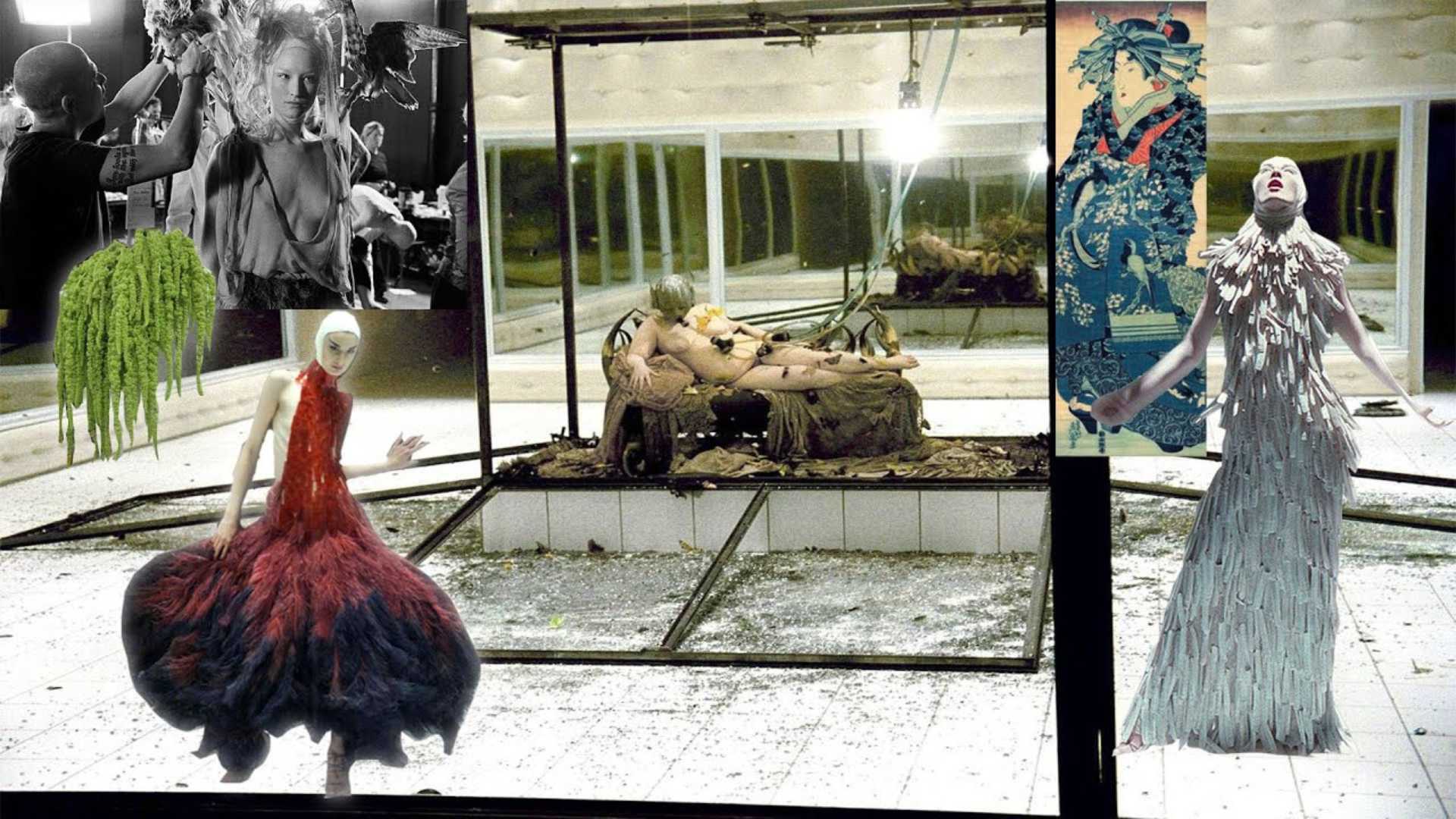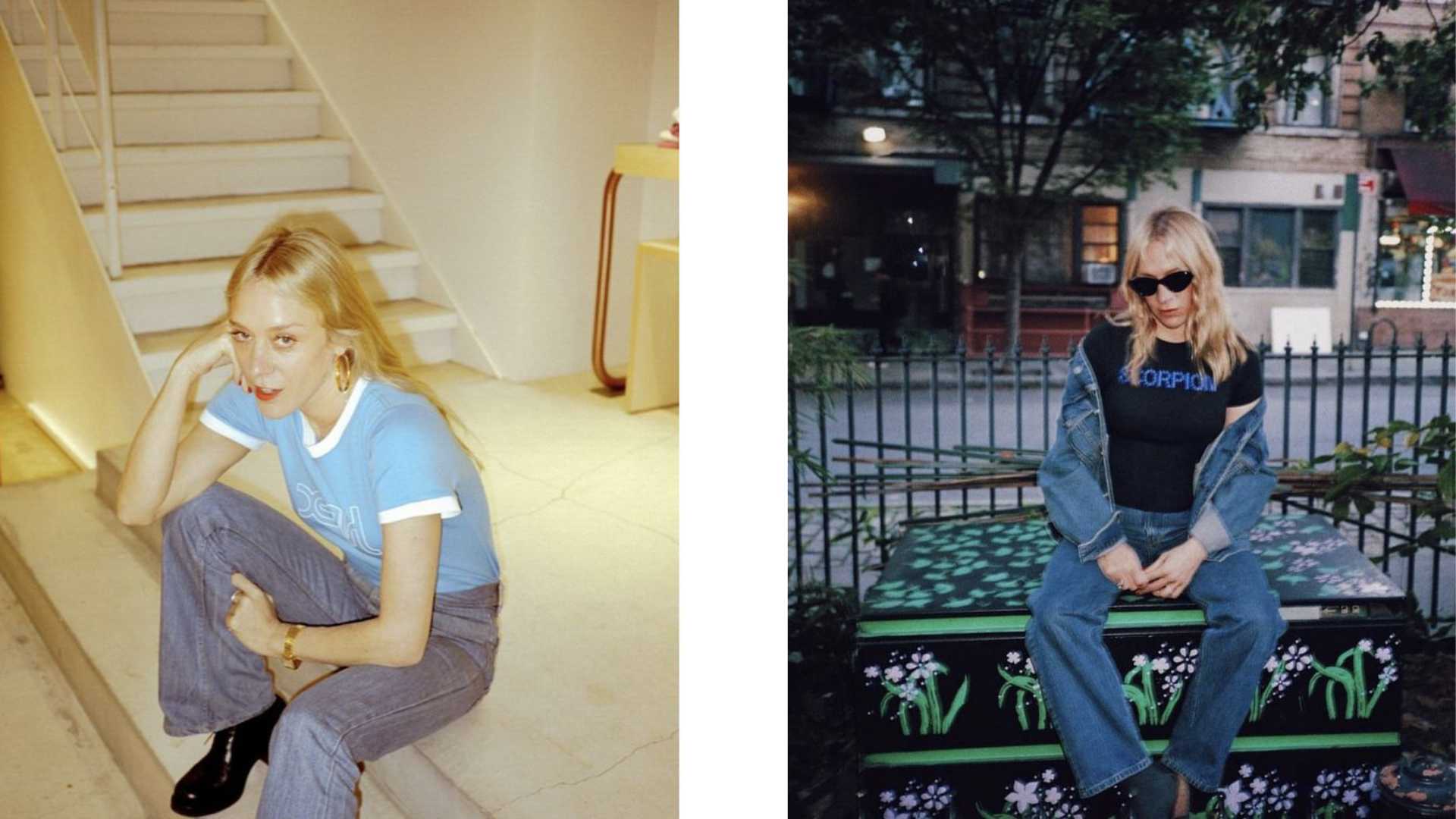Introduction
If you’ve ever looked at a runway show or a collection drop and thought, “Am I supposed to understand this?”, you’ve just stumbled into the exclusive vortex where clothing meets occult. This is because fashion isn’t just an art form; it’s become a medium for insider language. Beneath the surface of runways lies a world of hidden meanings, historical nods, and subtle details meant to be understood by those with the insight to decode them.
Esotericism in fashion invites a deeper conversation—one that goes beyond aesthetics and into the realms of identity, intellect, and self-expression.
Let’s delve into how fashion has become its own secret society, how certain designers and pop culture moments have furthered this narrative, and why this appeals to stylish creatives seeking to wear stories.
Runways as Rituals and the Hermetic Codes of Style
At its core, portions of the retail industry market off hidden knowledge. This could look like a runway show that doubles as performance art, a collection that references niche cultural movements, or a thrifted piece whose value lies in its history rather than its price tag.
The runway, in many ways, is fashion’s altar; A place where uniqueness is initially misunderstood by most and morphed into the blueprint for modern trends.
No designer encapsulated the esoteric quite like Alexander McQueen. His shows were theatrical rituals, each one steeped in symbolism.

Consider his Spring 2001 collection, Voss, where models performed inside a mirrored box meant to resemble an asylum. McQueen’s commentary on voyeurism and beauty’s darker side wasn’t spelled out—it was embedded in the layers of his work, waiting for those willing to peel them back.
Rick Owens’ work is another example of fashion’s hermetic nature. His designs are dystopian, architectural, and intentionally alienating to mainstream tastes. When his models walked the runway wearing towering platform boots and flowing leather garments, it wasn’t about accessibility. It was about creating an alternate world that rejects the ordinary.

Allure of the Obscure
The rage pertaining to the past and all topics vintage in fashion is purely based on time and melancholia. Reflecting on individual style in transformative and experimental phases of life, much like being a women in their late 20s, fashion’s esotericism feels particularly resonant.
Celebrity creatives like Björk were known for rejecting the status quo when it came to her sense of style. Sources say she never wore jeans and a T-shirt because they are ‘a symbol of white American imperialism, like drinking Coca-Cola’.
“I like fashion when it’s a creative thing, when it’s about expression, when it’s about waking up in the morning and feeling a certain way and putting clothes on that will support you as an individual,” said Björk to a later edition of Nylon Magazine.

Even her infamous swan dress by Marjan Pejoski at the 2001 Oscars was mocked at the time, but now it’s seen as a touchstone of esoteric fashion. It wasn’t just a dress—it was a surrealist statement, a rejection of conventional Hollywood glamour, and a reminder that fashion can (and should) be art.
Pop culture serves as a bridge between high fashion’s elevation and the everyday consumer. Certain icons translate the obscure into something aspirational, albeit still layered with hidden meaning.
Chloë Sevigny’s style is the blueprint for alternative fashion with a touch of mystery. From her early days as a New York City “It Girl” in the ’90s to her modern-day red-carpet appearances, Sevigny’s wardrobe choices are unapologetically eclectic. Her ability to reference underground subcultures, like punk and indie film, in her outfits makes her a walking archive of niche aesthetics.

A vintage band tee paired with archival Miu Miu, or an obscure designer piece styled with loafers and white socks—these are not just fashion choices but subtle nods to her place in the art-house, DIY, and fashion worlds.
Translations to Mainstream Consumerism
The cryptic side to the retail industry offers an antidote to the oversaturation of micro-trends and disposable fashion. It invites us to slow down, to think critically, and to connect more deeply with what we wear. It’s not about being exclusive—it’s about being intentional, about wearing clothes that feel like extensions of our inner worlds.

Chances of fine-art inspired jewelry designs like Panconesi making its way to your Pinterest feed is higher than ever. Marco Panconesi’s sculptural, otherworldly creations look less like accessories and more like artifacts from an ancient (or futuristic) civilization. Panconesi’s work taps into wardrobe esotericism by challenging traditional ideas of adornment.
Wearing a Panconesi piece—like an asymmetrical ear cuff or a molten metal ring—is becoming a conversation starter for most who recognize his work, and for the few who have yet to become familiar with the name.
Another topic that’s been circling in the realm of retail is the resurgence of the twee aesthetic. Think Peter Pan collars, Mary Janes, and whimsical vintage, which has brought back a sense of curated individuality.

Originally popularized in the 2010s by figures like Zooey Deschanel and Wes Anderson films, twee is often dismissed as overly sweet or shallow. But its latest iteration leans into wardrobe esotericism by layering irony, nostalgia, and a touch of darkness.
Today’s twee revivalists use the aesthetic as a way to reference niche cultural touchpoints, like forgotten indie bands, thrifted fashion, or obscure literature. Pairing a cutesy dress with heavy Doc Martens or a deliberately clashing handbag turns twee into a kind of sartorial in-joke, signaling an understanding of its deeper, subversive potential.
The Intersection of Fashion and its Secret Society
Wardrobe esotericism thrives in the realms of niche, artsy, and alternative pop culture, where fashion becomes a deeply personal expression rather than a mass-market statement. These spaces, often characterized by their rejection of mainstream trends, are rich with layered meanings and insider references.
This inward approach to fashion invites us to see clothing as more than just clothing. It’s a canvas for identity, an homage to subcultures, and a way to connect with others who share a love for the obscure and the unconventional.
So next time you slip into a carefully chosen piece—whether it’s a Margiela jacket, a handwoven scarf, or even your grandmother’s vintage earrings—know that you’re participating in something bigger. You’re speaking a language not everyone will understand, but the right people will. And that, perhaps, is the greatest allure of all.
